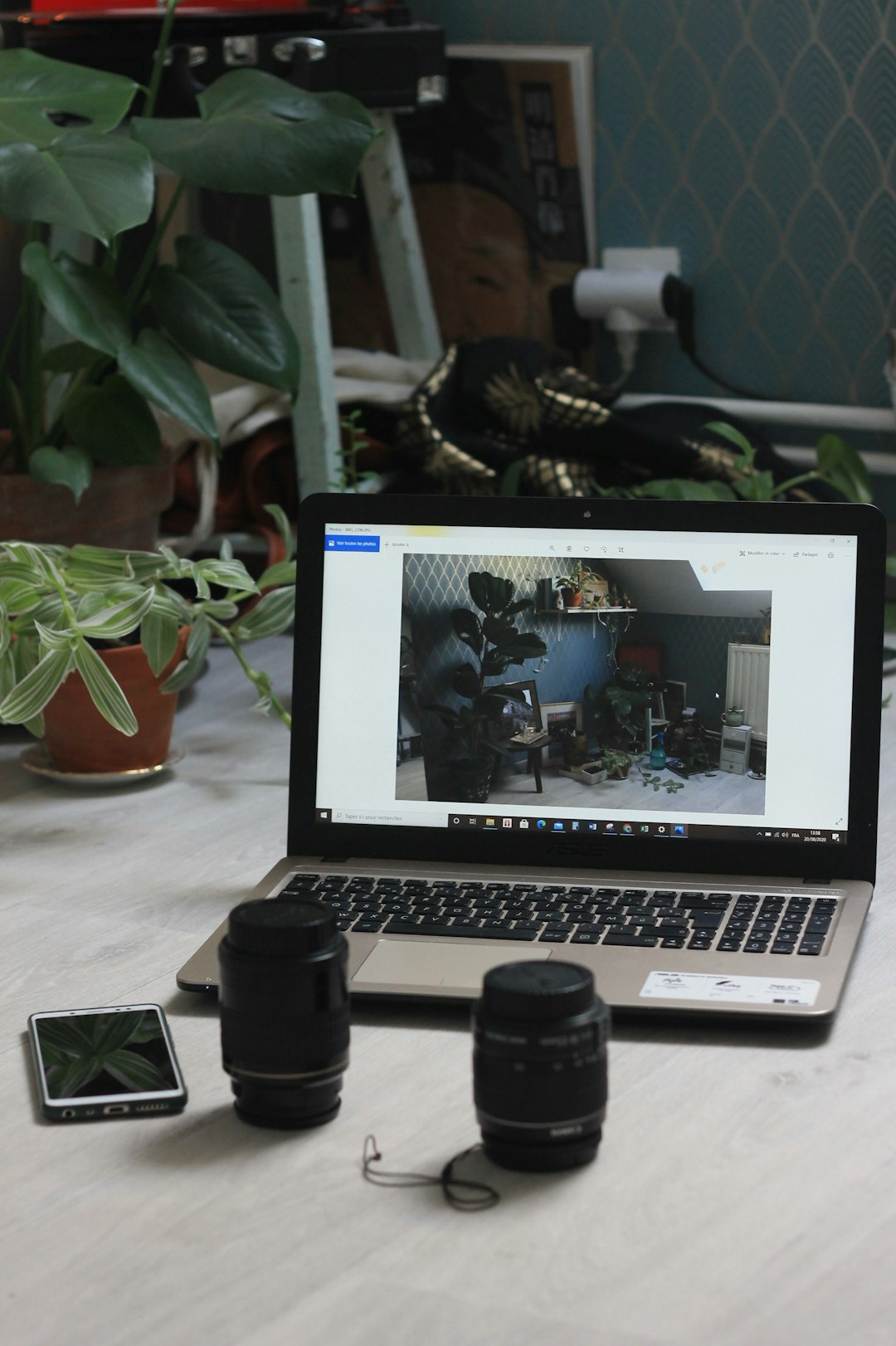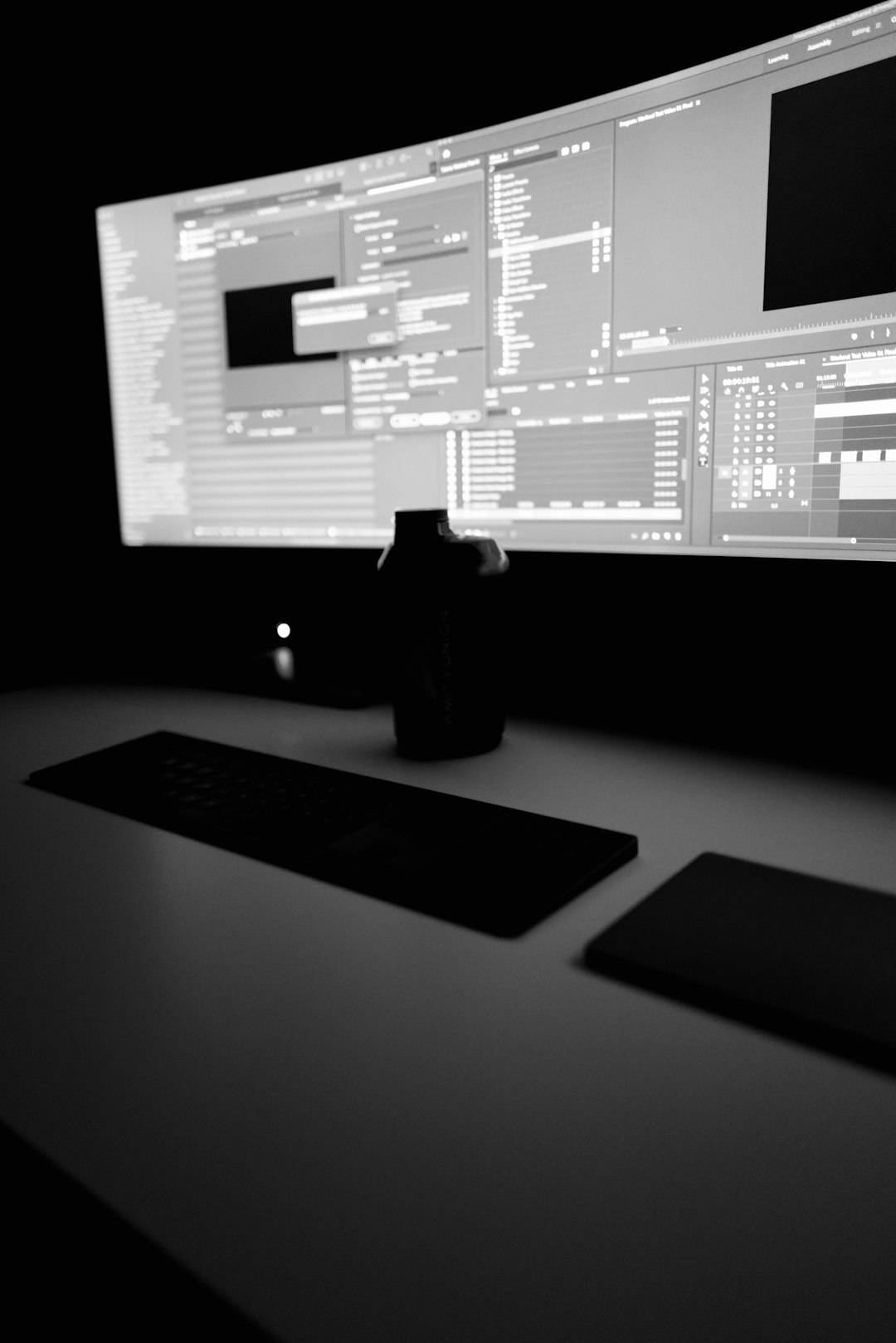As the digital age progresses, video editing continues to evolve at an unprecedented pace. In 2025, professional editors and content creators are leveraging cutting-edge AI tools to accelerate workflows, enhance creativity, and achieve cinematic results with remarkable ease. These transformative technologies are not just conveniences—they’re redefining the possibilities in post-production. Below, we spotlight four AI-based tools that are making video editors truly unstoppable this year.
1. Runway AI — Real-Time AI Video Editing
Runway AI has become an essential tool for editors looking to cut down post-production time without compromising on quality. Built as a collaborative video editing platform, Runway uses state-of-the-art machine learning models to offer features such as automated object removal, real-time background replacement, and text-to-video capabilities.
Perhaps most impressively, Runway allows for instant video segmentation using only simple text prompts. This means an editor can type a phrase like “remove sky” or “highlight person,” and the AI does the hard work—no masking or rotoscoping required.

Key Features:
- Text-driven video editing
- Green screen effects without a physical green screen
- Integration with team workflows for collaborative editing
2. Descript — AI-Powered Audio and Video Transcription
Descript is revolutionizing how editors handle dialogue-driven content by combining video editing with automatic transcription. In 2025, it has become a go-to choice for podcasters, vloggers, and video journalists.
Its powerful AI not only transcribes audio with near-perfect accuracy, but also turns the transcript into an editable script. Simply delete or drag lines in the transcript, and the corresponding video will adjust accordingly. Descript’s Overdub feature can even create synthetic voice clips to fix audio mistakes without a reshoot—an invaluable time-saver.
Key Features:
- Automatic, highly accurate transcription
- Script-based video editing
- AI-generated voiceovers using Overdub
3. AudioShake — Intelligent Sound Isolation
If you’ve ever struggled to clean up dialogue from a noisy background or separate instruments from a live recording, AudioShake is a game-changer. This AI tool analyzes audio tracks and isolates their components—vocals, music, ambient noise—within seconds.

In 2025, AudioShake has become indispensable in film editing suites and music video production. Whether you’re fixing a flawed voiceover recorded on set or remixing a soundtrack, it delivers unmatched clarity and control without the need for expensive studio equipment.
Key Features:
- Real-time audio stem separation
- Automatic cleanup of background noise
- Plug-ins for Adobe Premiere Pro and Final Cut Pro
4. Pictory — Automated Video Generation from Scripts
Pictory brings speed and automation to short-form video creation. Using artificial intelligence, it can transform long-form content such as webinars or blog articles into engaging video highlights, complete with stock footage, custom voices, and subtitles.
Video creators in 2025 are using Pictory to produce content for platforms like YouTube Shorts, TikTok, and Instagram Reels in mere minutes. Simply upload a script or URL, and the AI handles everything from clip selection to voiceover generation and subtitle synchronization.
Key Features:
- Script-to-video transformation
- Built-in royalty-free stock footage and music
- Automatic captions and branding
Why These Tools Matter in 2025
The demand for high-quality video content has exploded in recent years, driven by the popularity of social media, streaming platforms, and virtual communication. In this fast-paced environment, speed and creativity are no longer optional—they are critical. Editors that adopt AI-driven tools such as Runway, Descript, AudioShake, and Pictory gain a significant edge in productivity and artistic output.
These AI solutions help eliminate mundane tasks, enhance technical quality, and even democratize editing by making advanced features accessible to non-experts. As AI continues to mature, we can expect even deeper integration into the creative process, unlocking a future where storytelling is faster, smarter, and more intuitive than ever before.

In conclusion, video editors equipped with these advanced AI tools in 2025 are not just faster—they are unstoppable. By embracing the power of artificial intelligence, they are setting new standards for what can be achieved in the art and science of video editing.
